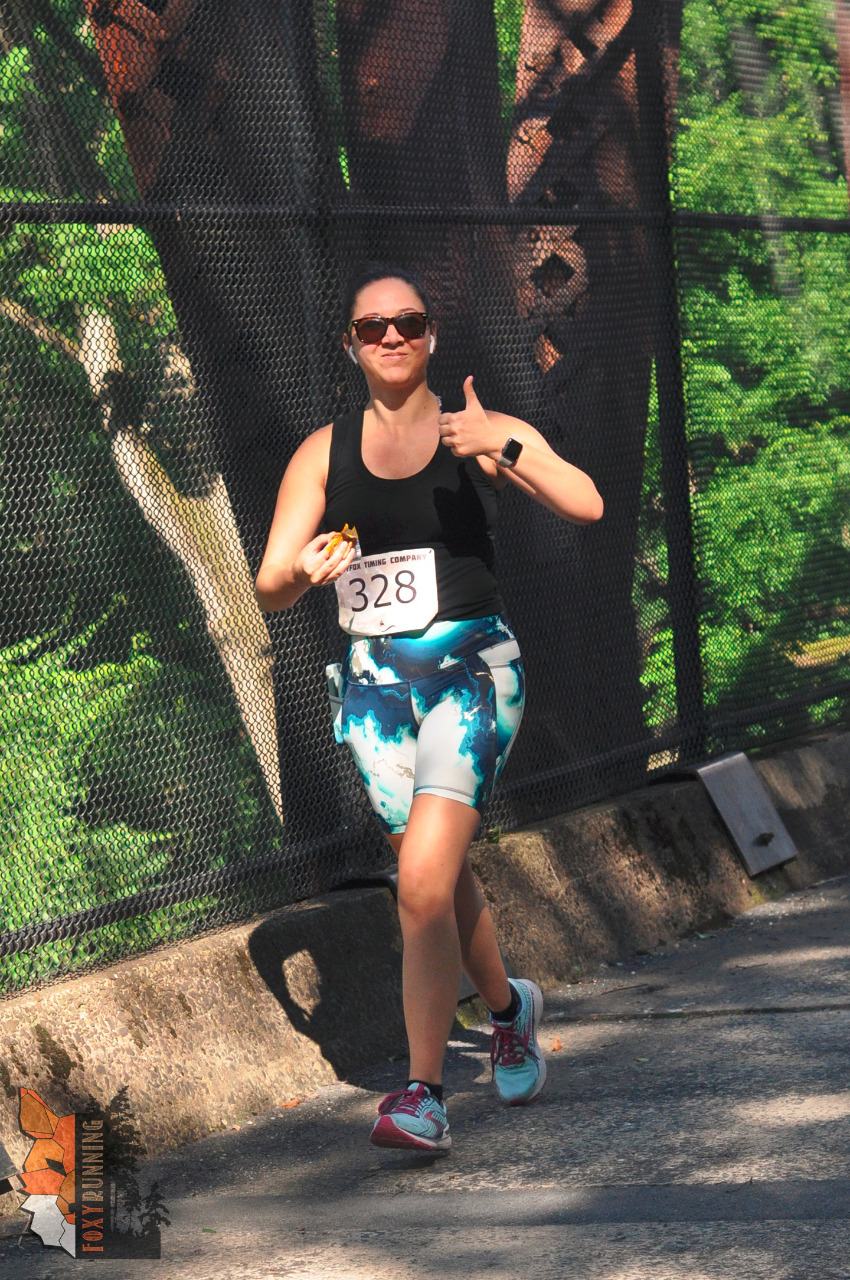Over the years, the 13.1-mile half marathon has become the fastest-growing race distance in America, with both the number of 13.1-mile races and the number of runners skyrocketing. According to Running USA, 1.85 million individuals completed a 13.1-mile race in 2012, which depicts an increase of over 15% from 2011. The International Institute of Sports Medicine estimated that there were 2.1 million participants in 2018 as evidence of its continued growth.
Why the half? For many runners, setting a 13.1-mile goal whether it’s covering the distance for the first time or recording a new personal best, is challenging yet still manageable, offering nearly all the elation involved with finishing a marathon without the impact of going (and training for) twice the distance. Plus, you can recover back quickly enough, so doing more than one or two a year isn’t an unreasonable undertaking.
Whether you’re running your first half marathon or your 15th, make the most of your 13.1-mile experience—from sign-up to finish line—with these top tips.
Top Running Tips
1. Have A Reason to run
Training for a long race can be an arduous endeavor, even if you have already done a few of them before. Regardless of your level of experience, ask yourself this one straightforward question: “Why am I doing this?” The answer to that question gives purpose to your chosen pursuit and it will be your main source of inspiration both during your training period and on race day.
Each of us has a different motivation for lacing up our running shoes, whether it’s to try something new or lose a few pounds, run in honor of a loved one, raise money for a good cause, or set a personal best. The list goes on and on. Whatever your reason or reasons for running, remind yourself of them regularly and never lose sight of what crossing that finish line means to you.
2. Train For Atleast 13 Weeks
While allocating one week of training for each mile of the marathon may seem a bit unusual, 13 weeks is a sufficient amount of time to gradually increase your long run, weekly mileage, and crucial workouts without becoming stale or losing interest. For beginners whose longest run might only be 4 or 5 miles at the start, adding as little as a mile to your weekly long run will put you in a position to confidently cover the distance on race day. A 13-week training block packed of challenging race-specific workouts and gradually increasing mileage can position you well to pursue a new personal best if you are an experienced runner and covering the distance is not an issue. You can cut your training period for your next half marathon to around 10 weeks after you’re in good running shape.
3. Find A Perfect Shoe
How do you know what the “right” half-marathon shoe is for you? When there are so many variations available? The shoe that makes you feel the most comfortable while running is the finest running shoe for you, according to any running expert. It’s really that simple.
4. Then Buy Two
Over the course of three months of half-marathon training, the miles will add up, and one pair of shoes probably won’t be enough to support the entire weight. By giving each pair of shoes enough time to heal between exercises, having two brand-new pairs on hand when you begin your training helps to lengthen the life of each pair. Just as your body needs to recover after a long run or key workout, so do your kicks.
5. Recruit A Half Marathon Partner
It’s better to train with a friend rather than by yourself. A training partner can keep you excited and accountable when the miles rise, workouts get more challenging, or if motivation starts to dip. When the kilometers increase, workouts get more difficult, and your motivation starts to dip. A training partner can help you stay motivated and hold yourself accountable. Additionally, they’ll be there to share every moment with you, rejoice with you on race day, and tell you amazing tales afterward. It can be very tempting to stay in bed and skip a cold morning run if you’re running by yourself, but knowing that you’re meeting someone else to put in the work with you can be the catalyst that gets you up and out the door. Find a training partner that is faster than you and let them push you to get faster if you want to improve your time.
6. Plana A 5K Along A 10K
Giving yourself interim goals along the road can help you stay motivated and track your progress because three months before your major event can seem like an eternity. Setting up 5K three to four weeks into your training and a 10K three to four weeks before your half marathon can help you stay motivated, give you a good fitness boost, and serve as a gauge for how your training is doing. These warm-up events also give you the chance to rehearse your half marathon race day routine, which is perfect for newer runners, who can oftentimes be caught off guard by the chaotic, nerve-racking nature of a bigger event.
7. Switch Your Running Surface
Don’t get caught in a running rut. It can be simple to leave your house and run the same route every day, or to give in to the ease of the gym treadmill once more. Change up the surfaces you run on as much as you can. Softer terrain, like grass or trails, can be excellent for recovery runs since they have a reduced impact on your body and because the unevenness of the surface can strengthen your lower legs or feet. Road running can help you develop your race rhythm and stiffen your legs, whereas a treadmill can help you precisely control your pace.
Start planning your next 13.1-mile journey once you’ve had some time to process the full race experience and assess your preparation for it. Everyone has potential for development, so striving for a new personal best or focusing on your training shortcomings may be an exciting task. Avoid thinking of running a half marathon as a one-and-done experience by embracing the process of getting ready and incorporating training and competing into your daily routine. The best part about half marathons is that, unlike the marathon, you can do several in the same calendar year without massive wear and tear.

